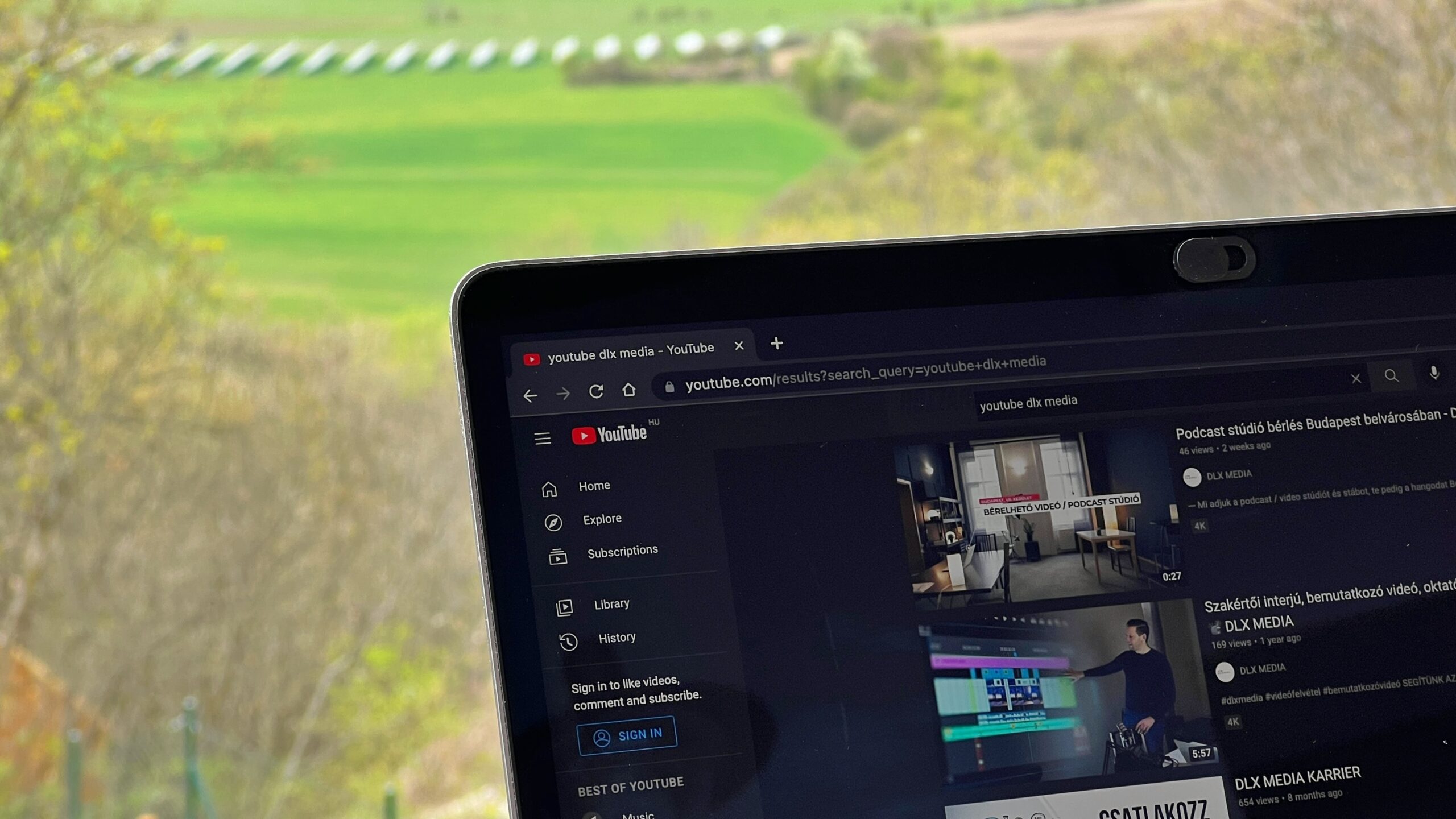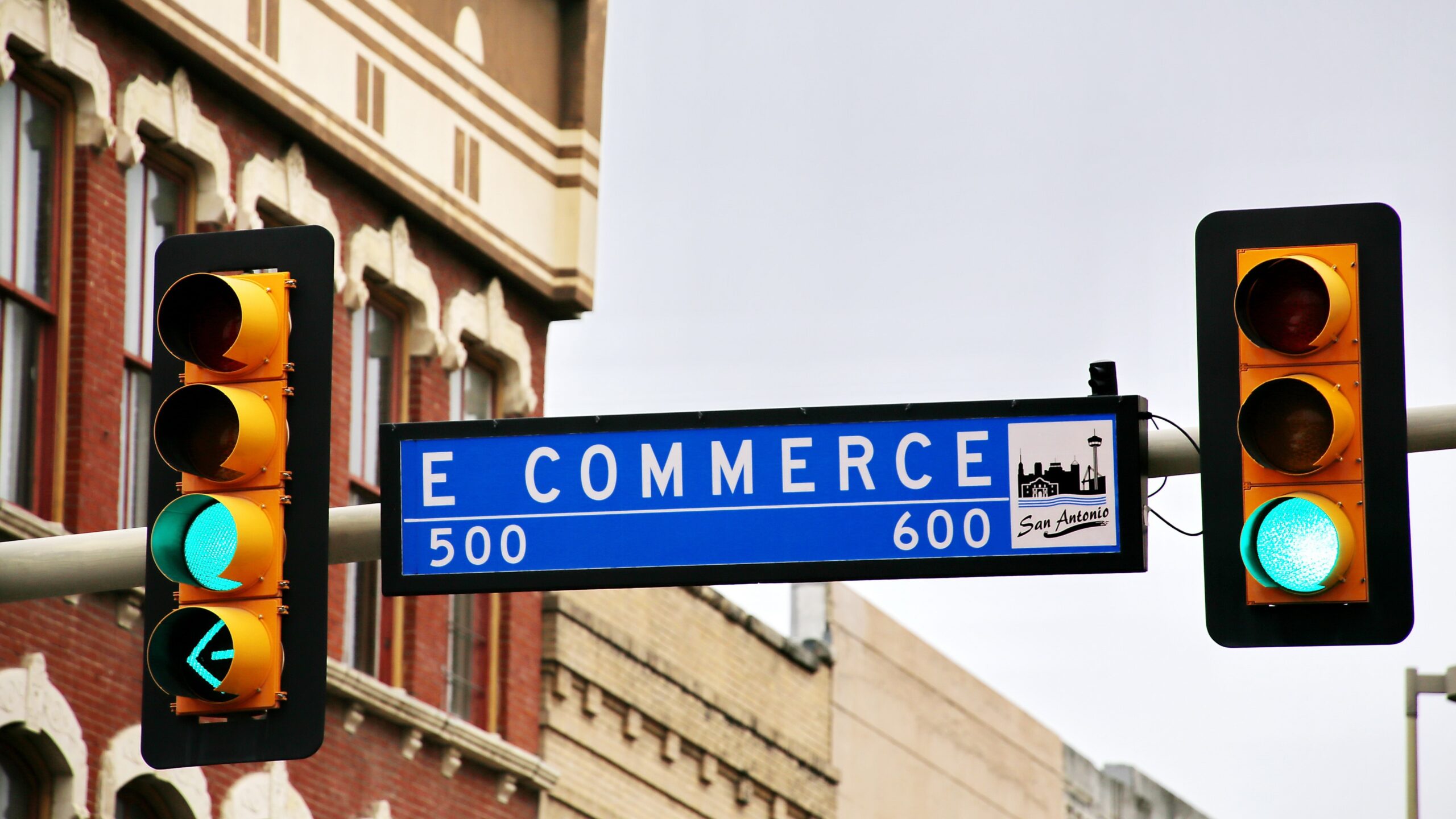The online sale of used items is on the rise. Just look at the huge international success of a second-hand marketplace like Vinted. It started with fashion items and now also sells furniture and children's toys. The sky is the limit. Because everything can be sold online. From easily manageable used clothing to bulky goods like vehicles. Apparently, an international marketplace for trucks is even in the making. Starting a second-hand marketplace is possible for everyone. It all starts with choosing the right marketplace software.
The phenomenon marketplace is well known. In the Western world, Amazon and eBay are the absolute leaders with, respectively, 6 billion and 1.6 billion visitors per month. In Japan, PayPay Malle is a very big player, in China AliExpress and Taobao pull the strings. Despite the differences in origin and online catchment area, the principle is the same. Whereas a traditional webshop has only one seller, a marketplace has room for multiple sellers. This increases the reach of individual sellers enormously. This explains its success.
100 million sales accounts
On the one hand, you have the well-known marketplaces that focus on the sale of general, new products. On the other hand, there are the platforms where anyone can sell and buy both new and used goods. Think of Marktplaats.nl in the Netherlands and eBay. The world's largest auction site, eBay, was set up in the US (California) in 1995. The site has more than 100 million seller accounts!
Not only used, but also new, on eBay literally everything is for sale. To counterbalance the big players on the online market for second-hand goods, we have seen a strong trend towards specialisation for some time now. Looking for a second-hand bike? Check out the Cycle Marketplace with the nice name Bikesoupe. Or at the many competitors, of course. Interested in second-hand gardening books? Then we have another great name for you: Mighty Ape. You can't think of anything else that is for sale on a large or small second hand marketplace.
The spirit of the times is good for second-hand marketplaces
Second-hand Ecommerce - also known as Circular Ecommerce - is in the spirit of the times. We are less inclined to throw things away and are thinking more and more about the impact that newly purchased items have on the environment and the climate. Waste seems to be taboo, especially for the latest generation. If we talk about 'waste', the global fashion industry is one of the biggest culprits. After all, fashion is by definition ephemeral.
Trendy jackets, skirts and jeans are often sold at ridiculously low prices. After all, they are often produced under appalling conditions in low-wage countries. This arouses more and more resistance. And that is an excellent justification for buying second-hand clothing. In the past you did that unseen, to save money. Now you share that online and make a statement. You show that you are doing something good for society.
Buying fashion on a second-hand marketplace is a statement
'If you don't wear it, sell it'. Who doesn't know this mantra? Every country has its own language version, because the successful Vinted is an eminently international second-hand marketplace. What started as a modest startup with a smart app, in Lithuania, grew into an international network with offices in San Francisco, Munich, Paris Warsaw and Prague. The focus is still on mobile. Investors stepped in, the number of employees increased in a short time, users of the 'ecosystem' are enthusiastic. You can safely say that Vinted contributes significantly to the acceptance of buying secondhand fashion online. And that is an impulse for many to start their own C2C second-hand marketplace.
Marketplace software offerings grow with it
Everything indicates that marketplaces both the traditional retail if Ecommerce keep turning upside down. The marketplace model grows faster than any other Ecommerce model. Differentiation in ownership, scale and specialization continues to increase. The offer of specific marketplace software is also growing. SaaS-based marketplaces seem to be the most popular.
Marketplace software focuses on the smart organisation and automation of third-party sales that you facilitate. Much of the software can be easily implemented as an addition to your existing Ecommerce platform. So nothing stands in your way if you want to expand your Ecommerce business with your own second-hand marketplace. But of course it all starts with a appropriate choice from the wide range of products of smart solutions.













